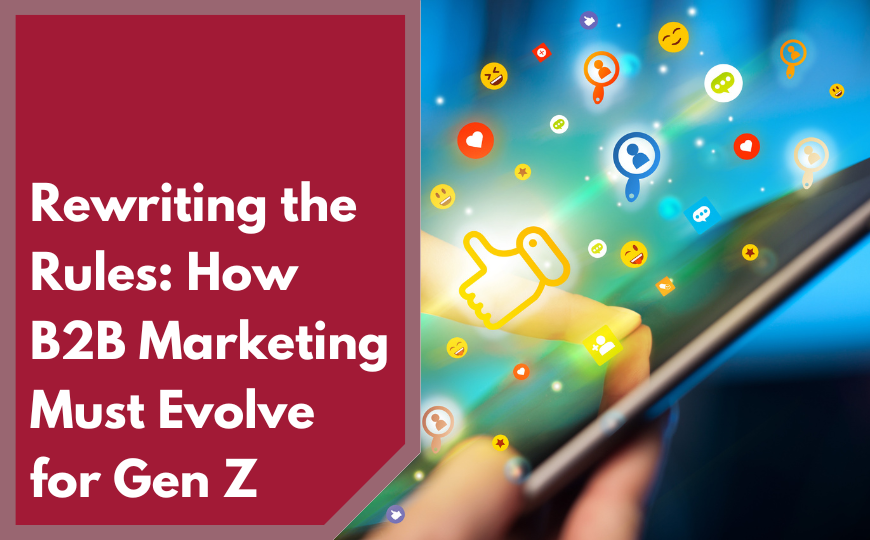As mobile device usage continues to grow, it’s becoming more important for businesses to optimize for mobile page speed. With competing websites only a few taps away, a slow browsing experience can result in you losing valuable leads and customers. But the competition isn’t the only thing you need to worry about. In this article, you’ll learn the core reasons why mobile site loading speed so important and what you can do to optimize your site faster mobile loading times.
Consumer Behavior Dictates the Importance of Mobile Site Performance
According to Statista, mobile devices now account for 51.2 percent of all traffic worldwide. This trend is expected to continue as faster mobile devices and Internet speeds become available. And it’s not just about how many people are accessing the Internet, it’s also about how they’re using it. Another study showed that mobile devices account for 34.5 percent of eCommerce sales and in the next four to five years, that figure will jump to 53.9 percent.
Source: https://www.statista.com/topics/779/mobile-internet/, https://www.statista.com/statistics/249863/us-mobile-retail-commerce-sales-as-percentage-of-e-commerce-sales/
Mobile Site Speed is Now a Strong SEO Ranking Factor
SEO is one of the best ways to generate traffic from the search engines. Google has established that the mobile search results will differ from desktop results. In addition, they’ve announced that page speed will be a ranking factor in the mobile search results. So if you want to get better results from your mobile SEO campaign, you’ll have to put in a strong effort into decreasing your site’s loading times.
Source: https://webmasters.googleblog.com/2018/01/using-page-speed-in-mobile-search.html
There’s a Direct Relationships Between Page Speed and Conversion Rates
One of the biggest problems that mobile sites have is site abandonment due to slow load speeds. A Kissmetrics infographic revealed that every extra second in loading time significantly raised page abandonment rates. This obviously has a direct negative impact on your site’s lower conversion rates. And it doesn’t stop there. 47 percent of consumers expect web page to load within two seconds. This is a hard goal to reach for many websites.
Source: https://blog.kissmetrics.com/wp-content/uploads/2011/04/loading-time.pdf
Five Ways for Improving Mobile Page Speed
The first thing you want to do is to see how your web pages fare using Google’s PageSpeed Insight tool. You’ll get some general feedback about what you can improve with the tool.
Aside from the tool’s suggestions, here are five ways you can apply to improve your mobile site’s page speed:
- Start by optimizing your images and media files.
There are many tools that will allow you to reduce image files without sacrificing the quality. If you are using video on your page, you can reduce the resolution and compress the videos. You will also want to limit the usage of images, embedded audio players, Flash animations, and videos as much as possible. - Use simple site compression and loading solutions.
Start by using GZIP compression which reduces the files on your server. Then set up browser caching so that return visitors or visitors that browse multiple pages do not have to load all the design elements every time they go to a new page. Finally, minify your HTML. This is simply a process that removes unnecessary space in your HTML so that it is read faster. - Switch to a better web hosting service and choose the right plans.
If your web host is providing a bad service in terms of server speeds, it’s time to find another company. You will also want to upgrade to a VPS or dedicated server plan as it will increase your website’s speed performance. And if you have a larger or media heavy site, you should use a CDN to host your files. - Load the top of the fold content first.
In some cases, it can be hard to decrease loading times any further. By loading the top of the fold content or the visible content first, the user will be engaged right away and will be spending time consuming the content that’s presented while the rest of the page finishes loading. This can be done by restructuring your HTML and using inline CSS. - The best but most challenging solution is to invest in website and mobile website development.
The idea is to redesign the whole site from a mobile first approach starting from the smallest screen size. For many businesses, website and mobile website development will not be a viable option due to its cost. It can also be labor and time intensive for established sites.
To sum up, your site’s mobile loading speed is more important than ever. It impacts your SEO campaign, your ability to reach your target audience, and your site’s lead/sales conversion. Using Google’s PageSpeed Insights tool and applying the tactics we’ve outlined is a great starting point, but there is a lot more that you can do to achieve optimal loading speeds. If you need further help with improving your site’s mobile loading speeds, call us today and learn about our speed optimization service.






